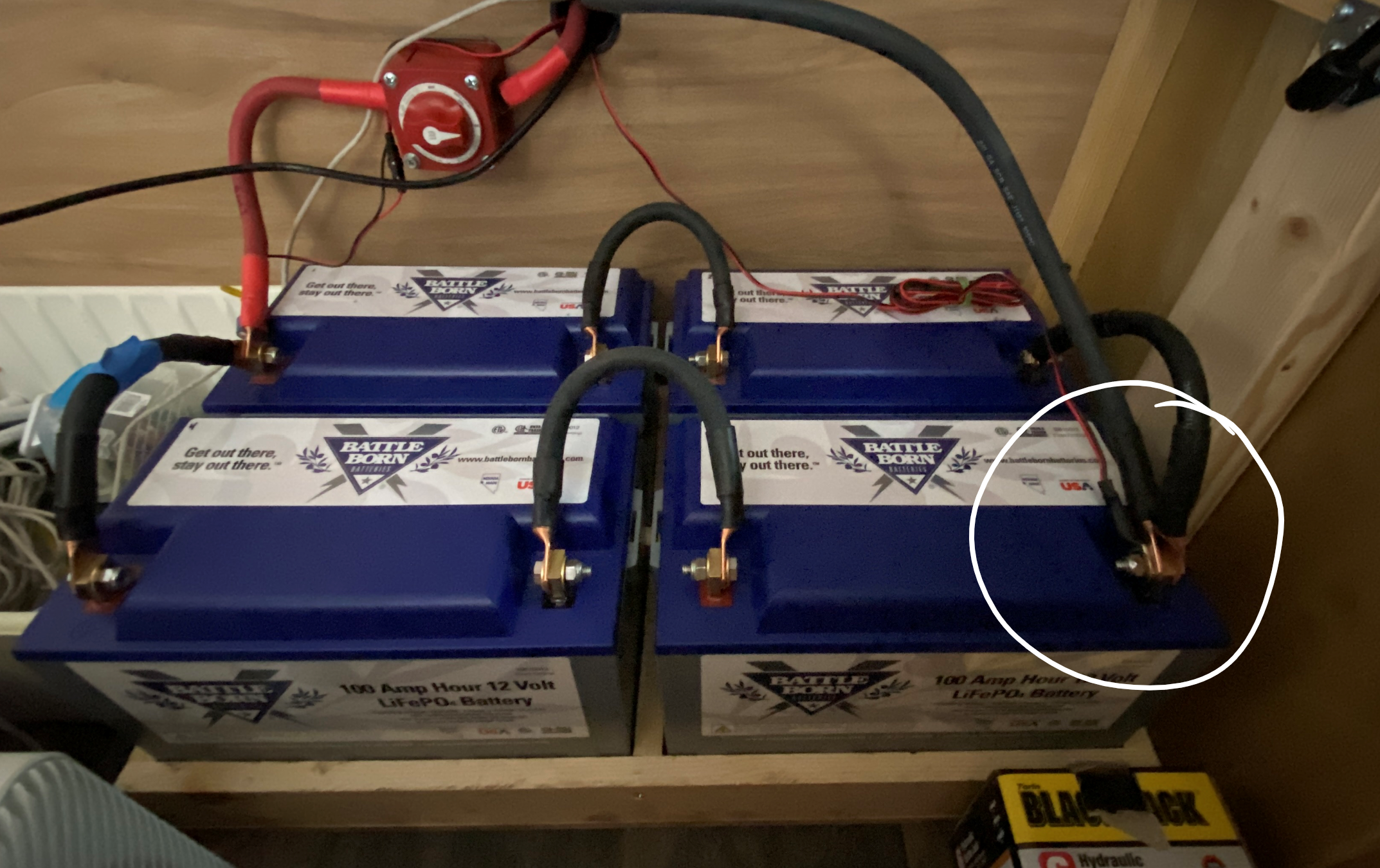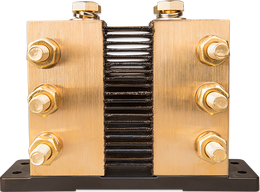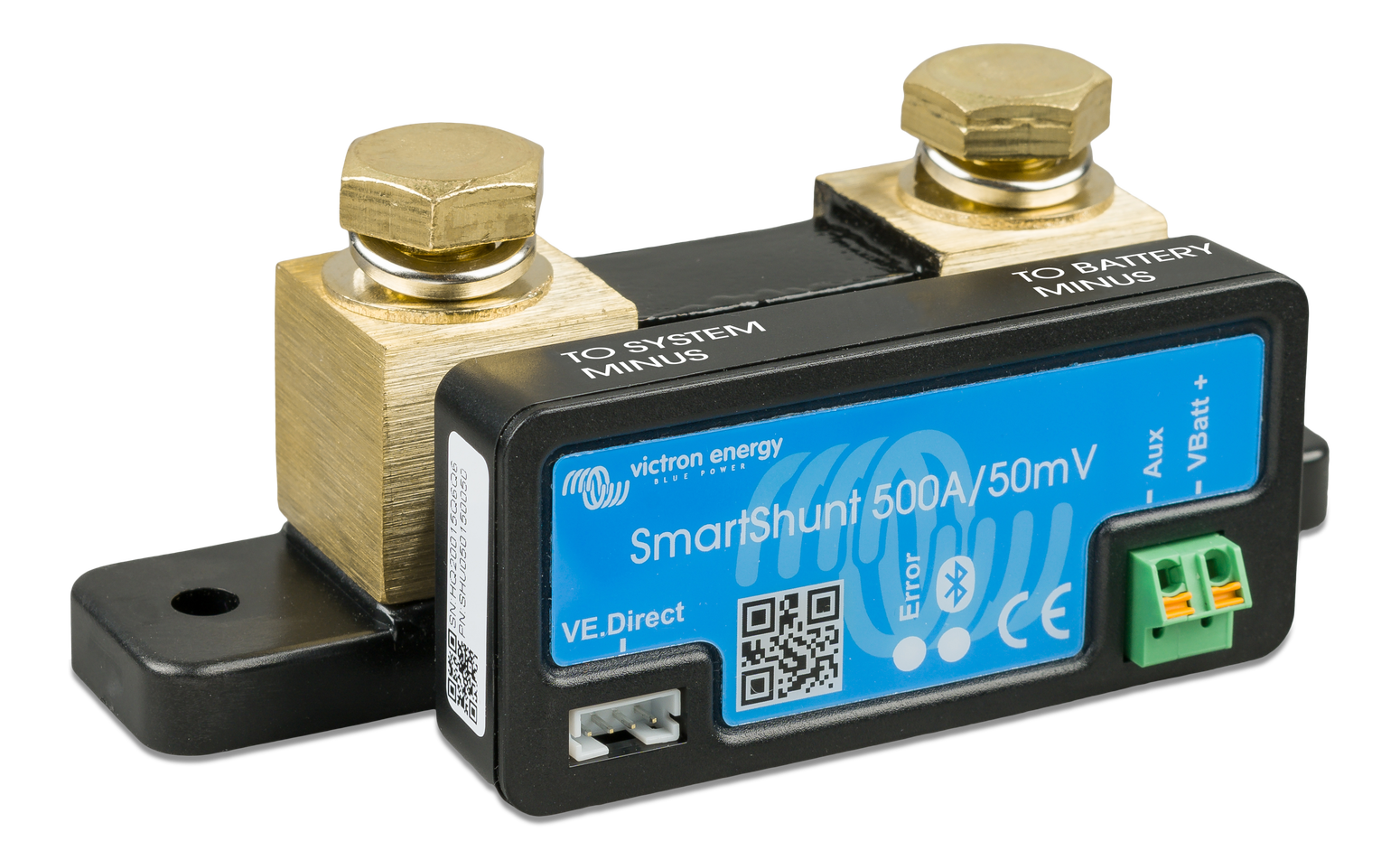


Let’s say you are draining your batteries and reached 0% remaining and the BMS cuts off. If this setting is enabled, then every time the shunt looses power, it will set the SOC% to 100% at power up, instead of saving where it was previously at. This only applies to the SmartShunt and BMV-712. This also has no effect on the battery itself.

How often the time-to-go readout is recalculated and update. This does not pertain to the battery itself. The minimum amount of current the shunt can detect. These are fixed values driven by characteristics of the battery itself. Peukert Exponent & Charge Efficiency Factor: Charged Detection Time:Īlso working in conjunction with “charged voltage” and “tail current”, once the tail current has reached the appropriate set-point, it waits this amount of time to make sure the current drop isn’t just momentary and that it is truly occurring because the battery is full. Our testing has proven the default value from Victron is sufficient for proper detection. Tail Current:Īfter the previously mentioned “charged voltage” has been reached, this is how much the current must taper down to trigger a synchronization. If you want to be more conservative on your time remaining, then set this to 20% or higher. If you choose to know how long until you have fully discharge your battery instead, then set this to 0%. Let’s say you setting this at 10% when you get to 10%, the Smartshunt will indicate 10% remaining and 0 minutes until empty on the “time to go” reading. If this voltage is set too high, then it will never start monitoring for the current to drop meaning it never catches the condition that means the batteries have truly reached 100% state of charge. The problem is, in order for the shunt to synchronize to 100%, the batteries must be above this voltage, and while above this voltage, the current must drop below the tail current threshold. 2v below absorption voltage – while perfect for most lead-acid batteries with a long absorption period, it’s not perfect for the SOK Lithium batteries. Victron’s recommendation is setting charged voltage.
Victron shunt full#
This is DIFFERENT than the absorption / charging voltage! It is the voltage at which the shunt considers the battery close enough to fully charged to start detecting a current drop (the current drop indicating a true full charge).
Victron shunt series#
Series batteries add voltage together amp-hour capacities do not add together in series. For example 2x 100ah batteries in parallel would be 200ah. This is calculated by adding up the amp-hour (Ah) rating of all PARALLEL strings. If you have been using the Lynx Shunt and loose power to the system (such as the situation where the batteries shut down), then the SOC% will be lost – only to be regained when the batteries reach 100% again. At this point the %SOC will synchronize to 100% and be accurate from then on.

If you ever see this “–” reading, simply charge the battery until the cycle has completed. NOTE: The lynx shunt will initially show “–” on the Cerbo-GX for state of charge.


 0 kommentar(er)
0 kommentar(er)
